EL PASO, Texas — U.S. authorities in El Paso, Texas, continue to keep migrants outside in 100-degree temperatures for days at a time despite national pushback following an April report that revealed families and children were being held under a nearby border bridge.
“All they did was just move it to the other side of the building … That same scenario’s playing out, just not under the bridge,” Wesley Farris, second vice president for the National Border Patrol Council’s El Paso Sector, told the Washington Examiner during a recent tour of the former and current holding sites.
The new outdoor detention site is located on the south side of the Paso Del Norte Border Patrol Station, the same facility an inspector general report released in late May found was holding 900 people, despite only being fit for 125 occupants. A Border Patrol supervisor from the El Paso region told the Washington Examiner 2,000 people had been on the premises the day before the inspector general’s team visit May 7 to 8.
The facility sits a few hundred feet east of the border bridge. Both areas are located less than a block’s distance north from the border wall, which stands just on the edge of the Rio Grande. The river is easy to cross because it is empty. Of the 1,500 migrants illegally crossing into the U.S. on an average day, the majority are passing from Juarez into downtown El Paso right here because the wall abruptly ends.
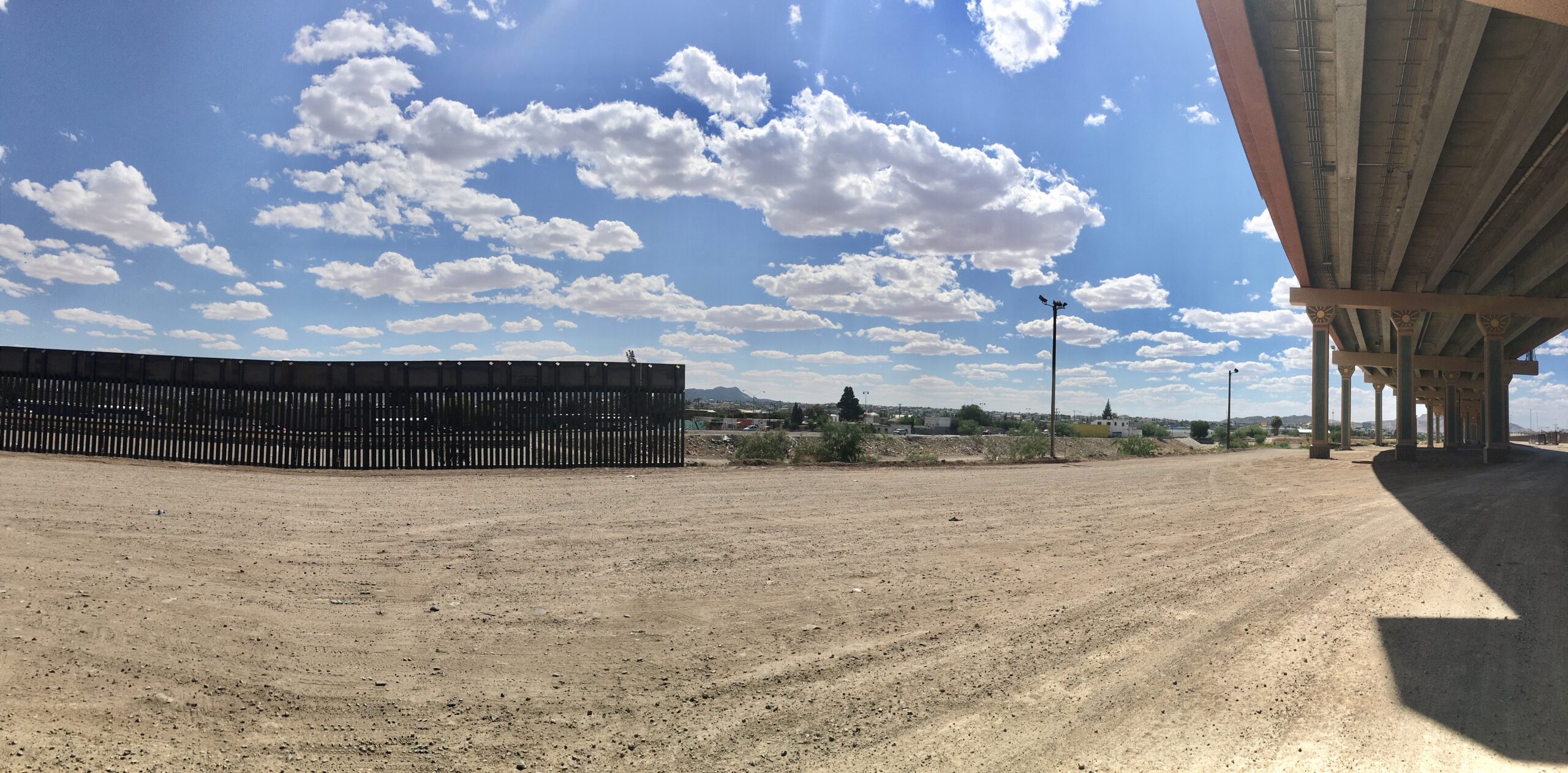
Referred to as “The Line,” the Paso Del Norte Station is the first place agents will transport people who have just been apprehended or who have surrendered in this area. That also means it is the most likely to be overcrowded because people are held here until they can be moved to other regional stations where they are separated by children, families, and adults.
Camouflage military tarps hang over half of the Paso Del Norte’s outdoor holding site, which is actually a parking lot for Customs and Border Protection vehicles. The lot is surrounded by a six-feet-tall chain link fence. CBP vehicles are parked next to the fence and frequently drive through the parking lot on their way in and out of the station.
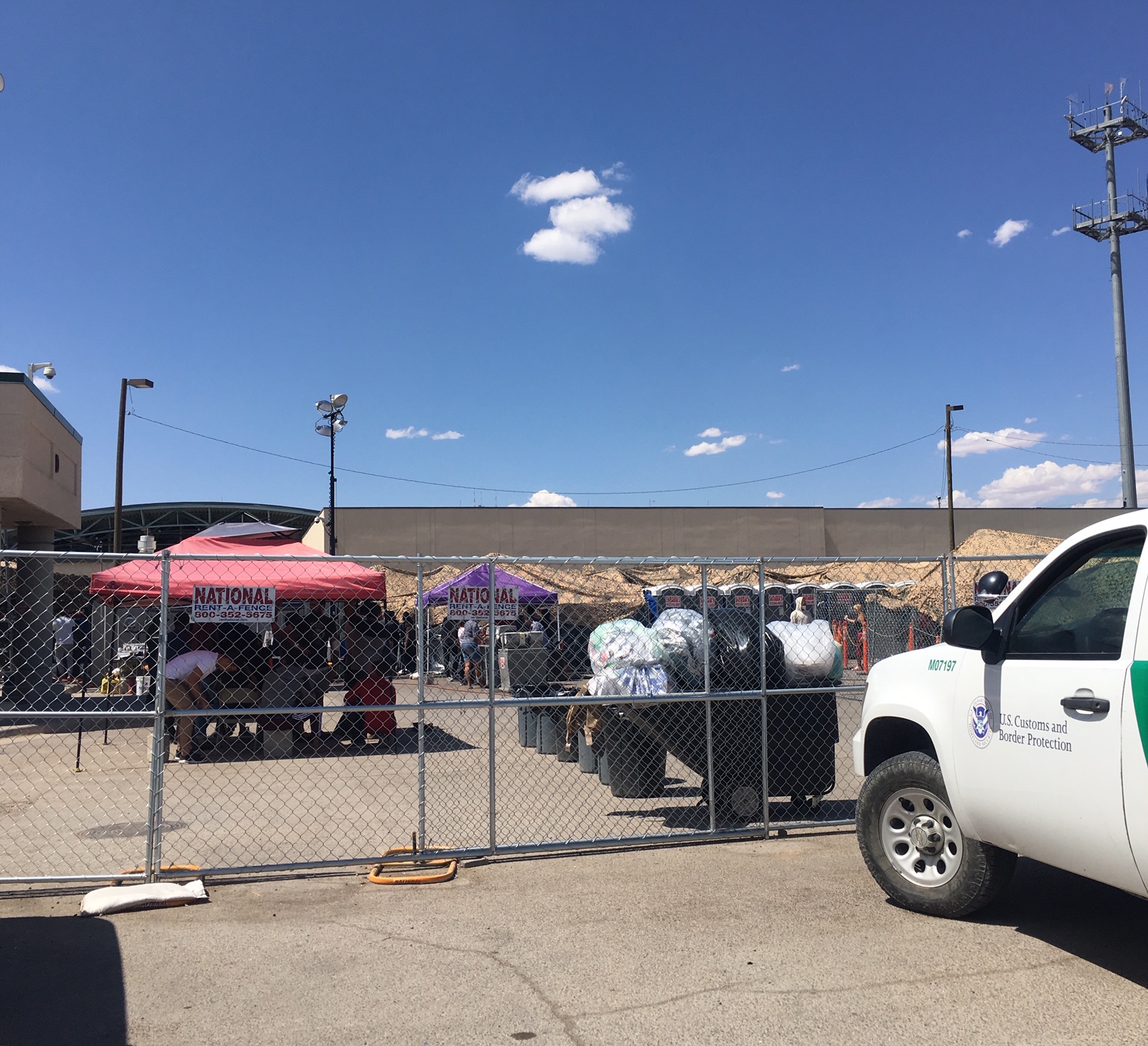
“People stand outside for days sometimes. Days,” Farris said, referencing the 72-hour detainment limit outlined in CBP’s 2015 National Standards on Transport, Escort, Detention, and Search. “Under the law, you can’t hold people in a parking lot. If you got sent to federal prison, or I got sent to federal prison, even as a federal prisoner, you would have rights. You can’t hold me in a parking lot.”
The heat index on this specific afternoon in early June was 103 degrees, and the migrants standing outside were crowding under the tarps to avoid the sun’s rays.
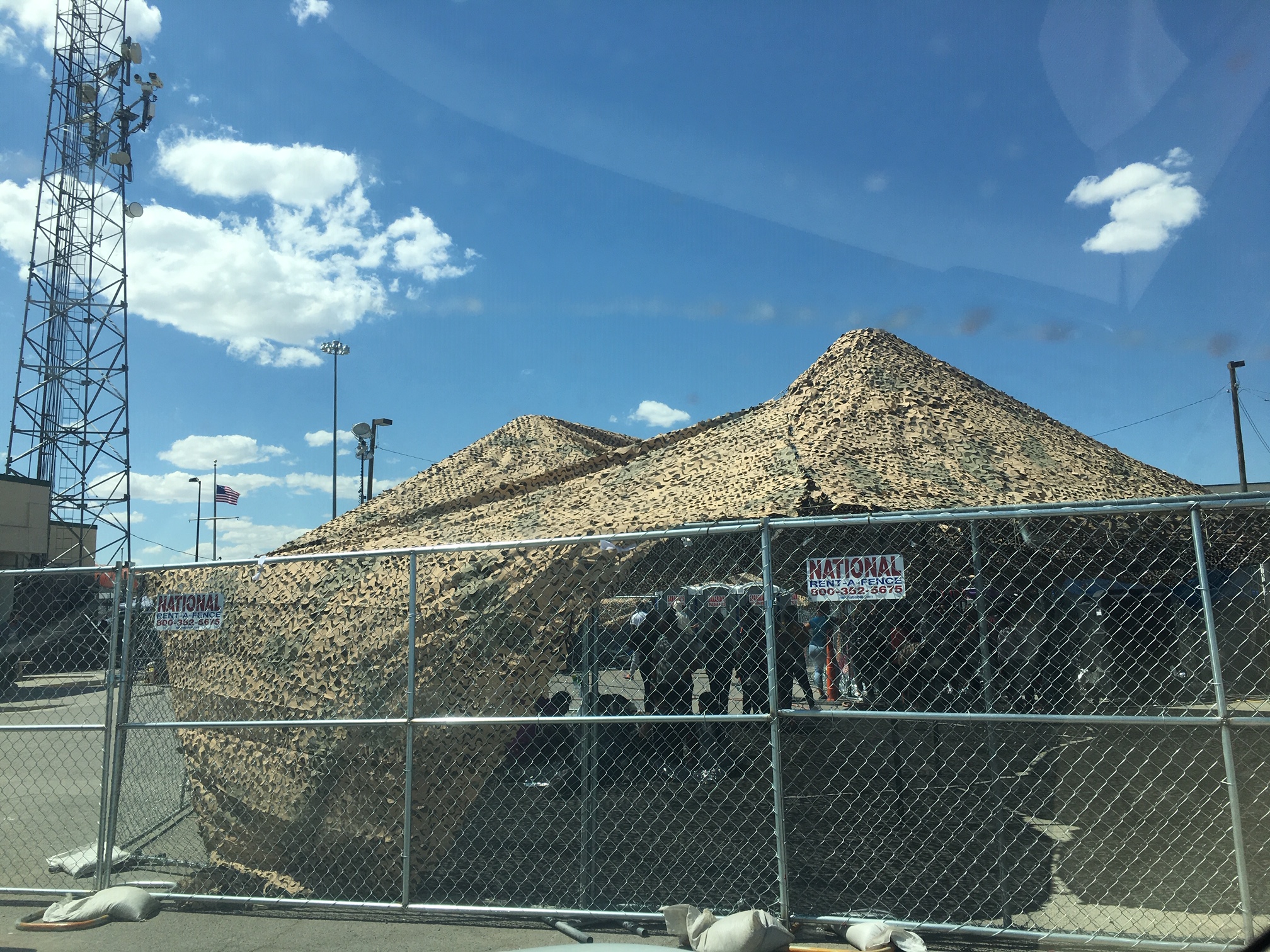
“Now the sun’s out and it’s hot. So you’re like, ‘The bridge was better than nothing, maybe we should go back to it?’” Farris said. “But now it’s like a standing order: You will not keep them under the bridge because of the media pressure. They’re putting a gate guard here right now to make sure that you guys [media] don’t get in here.”
Management within the sector and CBP officials in Washington have agents guarding entrances into the general vicinity 24 hours a day, seven days a week. The security started after CNN published a report that showed hundreds of families and children being held under a bridge because there was no space inside the station. Those held under the bridge were forced to sleep on gravel and rock.
Following the bridge incident in April, CBP ordered the El Paso Sector to improve the looks of the situation. Farris said the looks were not the problem, the actual reality of the situation — people being held weeks in overcrowded and unsafe conditions both inside and outside — was the real problem.
“We were just cramming people in there [under the bridge] like to the brim. The media and congressional pressure kind of got a hold of DHS, and they were like, ‘Oh man, that looked really bad for us. Do something. Here’s a whole bunch of money. Here’s these big white tents,’” said Farris.
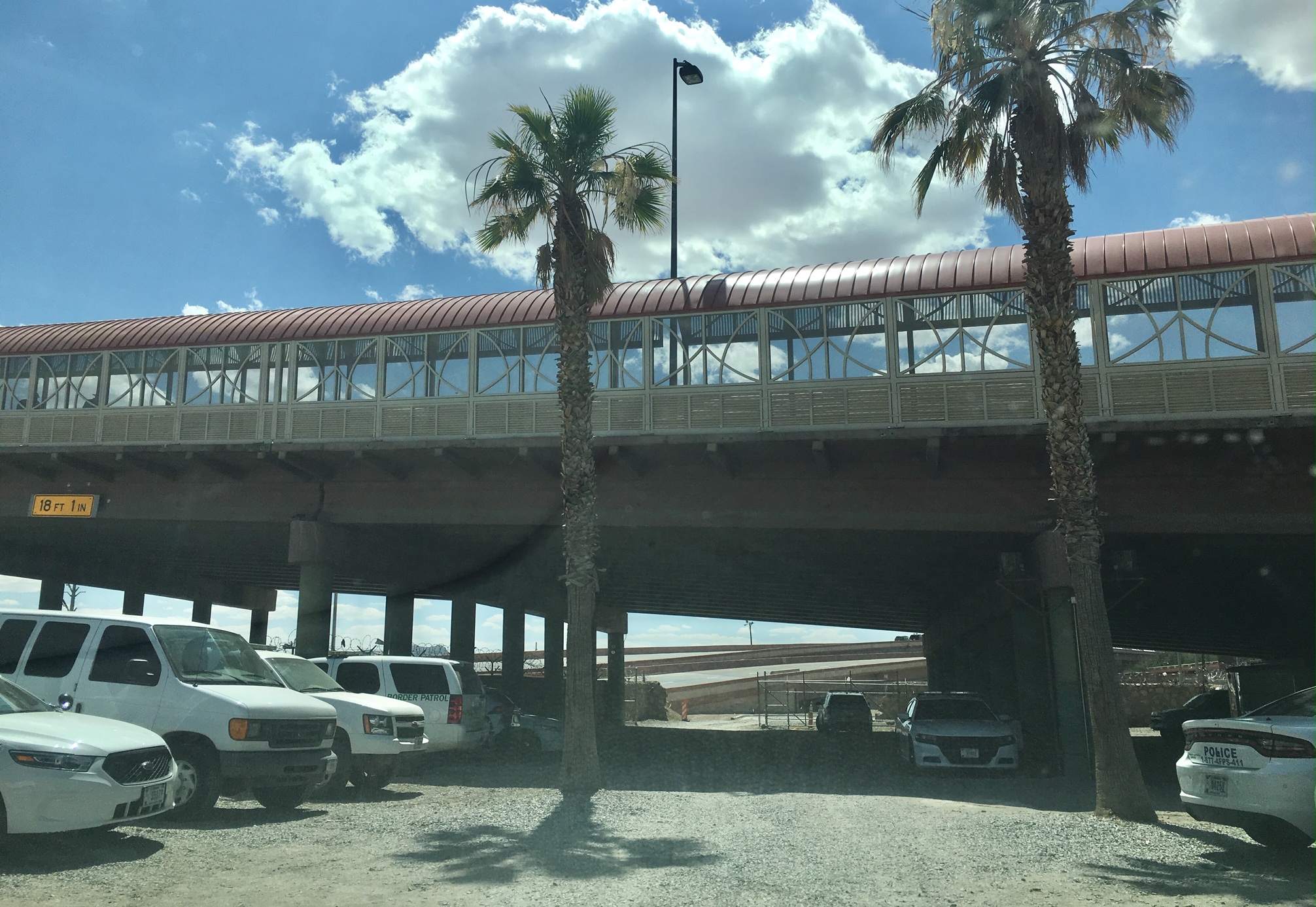
“They just took that whole PDT [Paso Del Norte bridge] scenario and moved it here,” he said, referring to the sector’s largest station located at 9201 Gateway South Boulevard in El Paso.
Farris said the union anticipated in December the number of migrants arriving each week was more than facilities could hold and would soon put stations in violation of CBP policy. The local union said it told Border Patrol management they needed to procure additional temporary facilities, even a warehouse. The union looked into it, only to have the city tell them it wouldn’t allow migrants to be housed in facilities in public areas.
In May, CBP announced it had put up two large “soft-sided” facilities, or tents, where it could hold larger numbers of people. Those tents went up outside the sector’s biggest station, about seven miles north of Paso Del Norte. The white tents primarily hold families and children. Those in custody at Paso Del Norte, including those outside, are mostly adults.
“Logistically, they [CBP] didn’t want to do it. Now they have to do it,” the union official said.
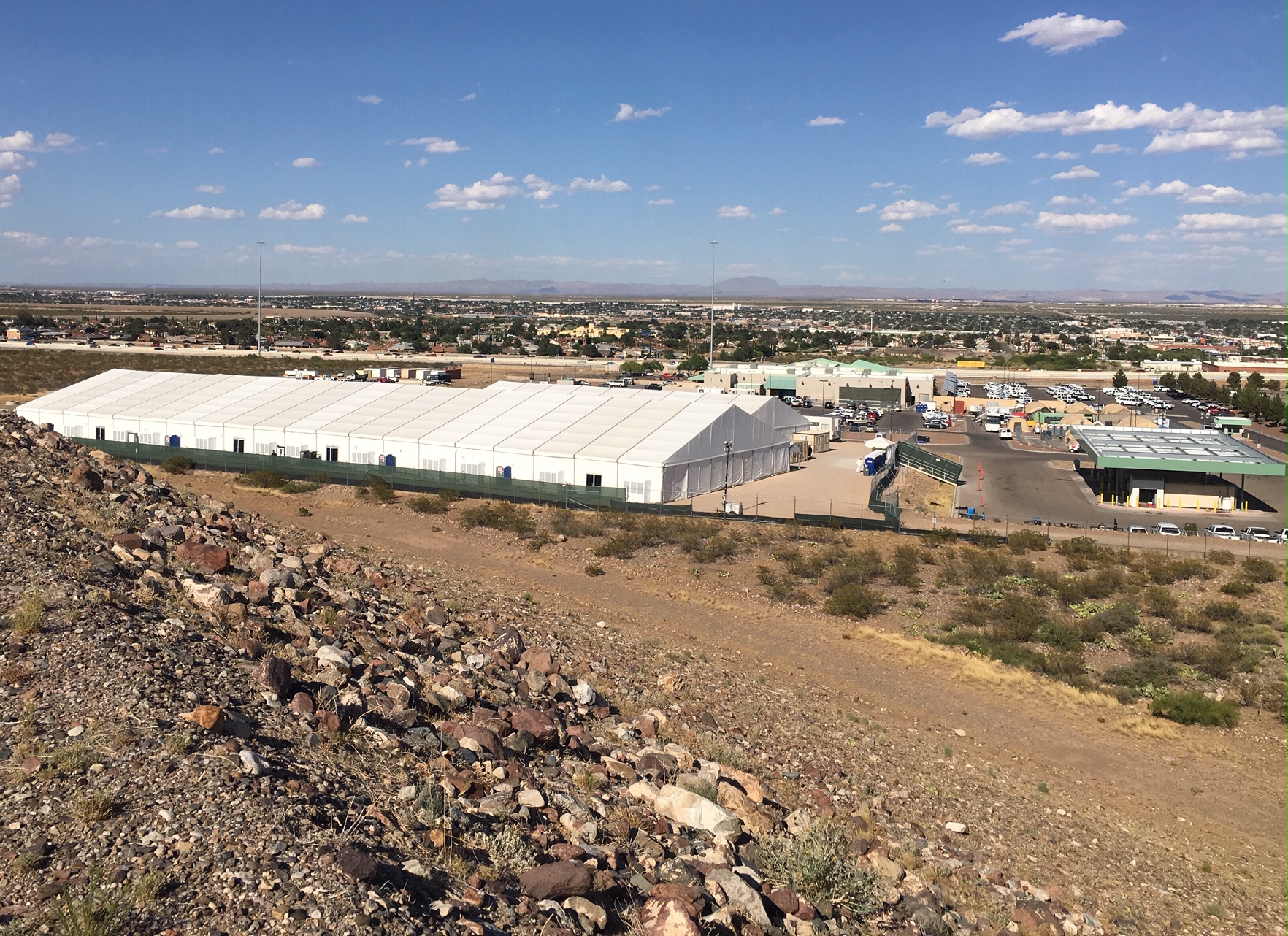
CBP said it has chosen to keep people outside “to avoid severe overcrowding of USBP temporary holding facilities.”
“Every available space which provides both freedom of movement, safety and security for those in our custody are used as necessary. Throughout the intake, processing, and holding of those in our custody, some individuals are being held in an area near the PDN Bridge,” a CBP official said in a statement Wednesday.
“The safety of those in USBP custody is a priority and so only areas that allow for secure holding and safety for detainees are utilized. Some of those locations are partially outdoors while still providing relief from sun, wind and inclement weather,” it said.
Farris said the union is speaking out for rank-and-file agents, as well as those in custody, because the public and media cannot see for themselves what is going on behind these types of guarded grounds. DHS and CBP have repeatedly said the border is in a “crisis” but severely limited reporters’ access to seeing people being held outside or indoors.
“It’s always been the culture of the Border Patrol, ‘No media. Stay away.’ Now your average Border Patrol agent, including your average Border Patrol manager, is saying, ‘Hey, this problem is wiping us out so why not let everybody see? Let’s show them what’s going on — whether it’s left-leaning, centric, or right-leaning — let’s let everyone see what we’re dealing with here,” said Farris, who helped the Washington Examiner gain entry to several facilities after the sector’s public affairs officers did not respond to several requests.
The union representative said “a lot of pictures” that have been published by the media were leaked from agents, who themselves have been surprised at times by what they are seeing inside and outside the government facilities.

